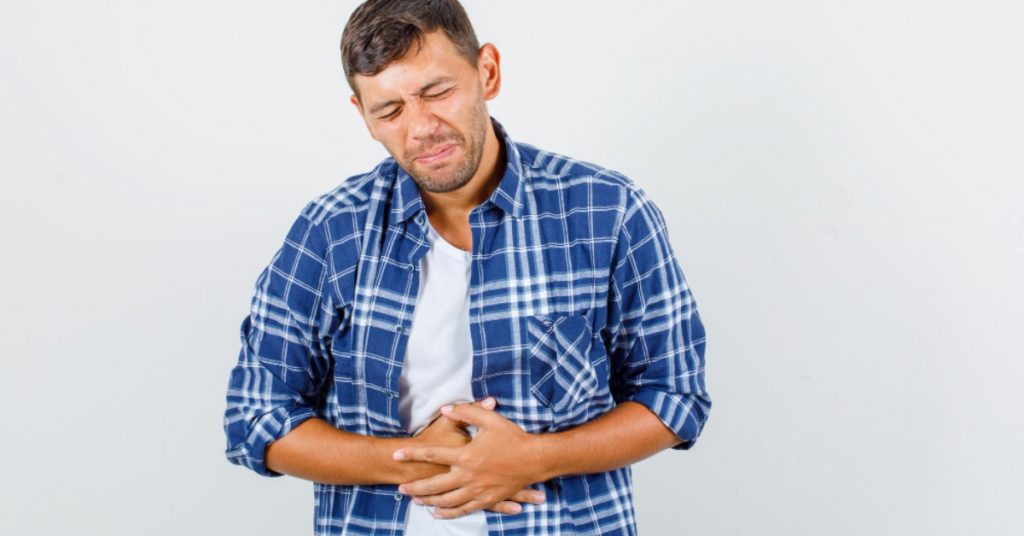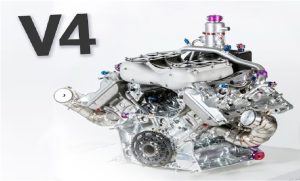An overview of Gallstone Pancreatitis

Gallstones
Gallstones are solid deposits of digestive fluid that can occur in the gallbladder. You will find your gallbladder near your liver on the right side of your abdomen. It is a small, pear-shaped organ.
The gallbladder produces a digestive liquid that enters the small intestine.
The size of the gallstone can range from a grain of sand to a golf ball. Others get multiple gallstones at the same time, while others only get one at a time.
Gallstones frequently necessitate gallbladder removal in those who feel symptoms.
Causes of Gallstones
Bile with High Cholesterol
Similarly, enough molecules are present in your bile to break down the cholesterol released by your liver. Over time, excess cholesterol can produce stones if it crystallizes and is not broken down by bile.
Bile with High Bilirubin
During the breakdown of red blood cells, your body creates bilirubin. So, cirrhosis of the liver and biliary tract infections are two disorders that cause your liver to produce too much bilirubin.
Pancreatitis
Inflammation of the pancreas is called pancreatitis. Behind the stomach is the pancreas, a long, flat gland in the upper abdomen. The pancreas produces digestive enzymes and hormones that control how your body processes sugar (glucose).
Acute pancreatitis is a type of pancreatitis that occurs unexpectedly and lasts for days. Chronic pancreatitis, or pancreatitis that lasts a long time, affects some people.
Causes of Pancreatitis Include:
Activated digestive enzymes in the pancreas cause inflammation and irritation of the pancreatic cells, leading to pancreatitis.
Most importantly, repeated occurrences of acute pancreatitis can cause damage to the pancreas, leading to chronic pancreatitis. The pancreas tends to develop scar tissue, which can result in loss of function. A dysfunctional pancreas can lead to cause damage the pancreas, leading to chronic pancreatitis. The pancreas tends to develop scar tissue, which can result in loss of function. A dysfunctional pancreas can lead to digestive problems and diabetes. In case of any symptoms, get acute pancreatitis treatment
Gallstone Pancreatitis
The pancreas becomes inflamed and painful as a result of pancreatitis. However, the pancreas is a tiny organ that generates fluids and enzymes to help your body digest meals. This is a normal feature of the digestive system. Certainly,
gallstones can sometimes obstruct your pancreatic duct, resulting in pancreatitis. Gallstone pancreatitis is the medical term for this condition.
Gallstones are stones that form in the gallbladder. On the other hand, gallstone pancreatitis develops when a stone from the gallbladder goes to the first segment of the small intestine and clogs the entrance (duodenum). This produces a backup of fluid in the bile duct and pancreatic duct, which can migrate up both. If left untreated, gallstone pancreatitis can be excruciatingly painful and even fatal. Reach out to a gastroenterology hospital in case of any symptoms.
Signs of Gallstone Pancreatitis
The sign of gallstone pancreatitis is severe pain, but it is not the only one. You might also be interested in:
- Chills
- Fever
- Jaundice
- Nausea
- Sharp pain or a “squeezing” sensation in your left upper abdomen or back
- Pain that travels up the shoulder or chest from the original source
- Vomiting
Diagnosis of Gallstones Pancreatitis
A combination of tools is used to detect gallstone pancreatitis. Blood testing and various forms of body scans are the most common. And also. inflammation of the pancreas can be detected using blood testing. The severity of your pancreatitis can be determined via a CT scan, MRI, or ultrasound. Furthermore, the procedure can identify whether a gallstone has lodged in the pancreatic duct and need to be removed.
Treatment of Gallstone Pancreatitis
Pancreatitis caused by gallstones typically needs hospitalization. If your pancreatitis inflammation is minimal, you can undergo gallbladder stone treatment in Coimbatore for your disease by not eating or drinking for a few days. During the treatment, you may receive fluids through an IV. Receiving food through a special tube or directly into your vein if you are unable to eat for an extended period of time. If you experience nausea or discomfort, your healthcare providers will administer IV medications. This is often enough to cause your stone to transit through your body and your pancreatitis to go away.
Your surgeon will most likely remove your gallstone in more severe cases of gallstone pancreatitis. Endoscopes or surgical procedures are used to accomplish this condition of your gallstone may require immediate removal. After about 48 hours of receiving fluids directly into your vein, you might be able to wait. This gives your inflammation a chance to subside first. After that, you have recovered from pancreatitis, it is possibly recommended that you have the gallbladder surgically removed. Taking this step will significantly reduce your chances of developing gallstone pancreatitis in the future.
Complications of Gallstone Bladder
Secondly, if gallstone pancreatitis is not treated, it can lead to serious complications. Cholangitis is a condition in which digestive fluids from the liver, gallbladder, and pancreas return up into your body and cause an infection. Jaundice is a condition in which your eyes and skin turn yellow. Pancreatic necrosis is a condition in which the tissue of your pancreas begins to die off. If left untreated, gallstone pancreatitis can be fatal.
Prevention of Gallstone Bladder:
It’s impossible to totally avoid gallstone pancreatitis, just as it’s impossible to completely avoid gallstone formation. However, taking proactive steps, while lowering your risk of gallstones may not be easy.
- Eat a nutritious diet
- maintain a healthy weight
- maintain normal cholesterol levels
- control diabetes if you have it.
Get in touch with your best pancreatic doctors in Coimbatore to learn how estrogen-containing medications can increase your risk of gallstones.







